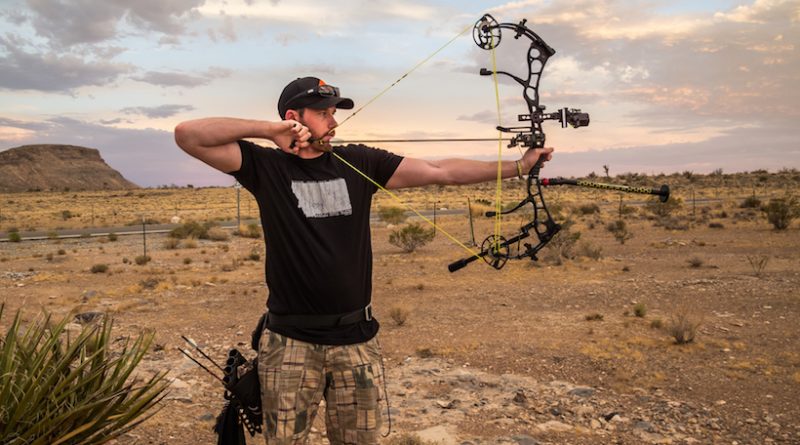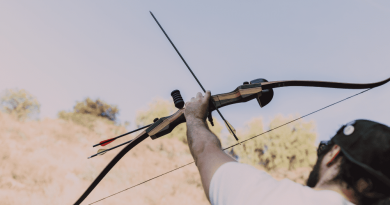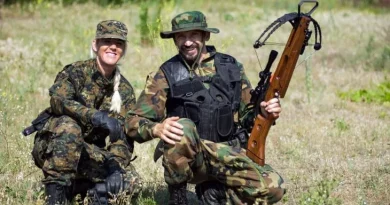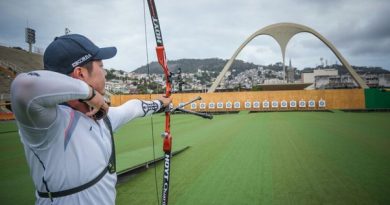How To Shoot Your Bow Two Times Better
If you own a bow and arrows, then I am sure that you shoot it regularly. Maybe even on a daily basis. You might have noticed that your shooting accuracy has been getting worse over the years, so today I will show you how to shoot your bow two times better.
In order to do this, we can look at some basic principles of physics. In fact it is all about what you know already – conservation of momentum and energy! Use these concepts when shooting your bow and watch as your accuracy gets better overnight!
Respect The Laws Of Physics
During the shot the arrow leaves the string of your bow with an incredibly high velocity, creating a huge momentum towards its target. This means that there is a force pushing the arrow toward its target. The faster it leaves the string, the bigger this force is. If you want to increase your accuracy, then you must make sure that the momentum of the arrow is directed at least a bit in front of its target. If it isn’t, then gravity will bring it down and make it miss.
As I said before, gravity might affect your shots. You should use this fact when adjusting your aim! Gravity pulls your arrows down slightly while flying towards their target – if you are shooting too high then gravity will mess up your shot by pulling it downward.
Draw And Re-Draw Your Bow Before Shooting
It has been found that releasing an arrow without drawing back the full length of your bow’s string reduces both the power and the accuracy of your shot. The arrow will leave the bow with less speed and momentum, which means that it won’t fly as far or be as accurate. If you hold your fletching (the feathers on the end of an arrow), then you will notice that they point in opposite directions to each other. This is done on purpose and is called “recurve.”
By holding them this way while drawing back, we can increase the amount of force pushing on the two opposite ends of the arrow, making it spin while flying through the air. In fact, it actually takes more force to keep an arrow from spinning than to make it spin! The rifling grooves inside a gun barrel work for exactly this reason – to spin bullets and increase their accuracy.
Bending your wrist while drawing back the bowstring also makes the arrow fly straighter because it adds torque (essentially a rotating force), keeping the fletching from wobbling as much as without bending your wrist. This means that you can aim more accurately, increasing your shooting accuracy by two times!
What About Kinetic Energy?
We now know how to improve our chances of hitting a target, but we still need to overcome another problem: kinetic energy. Arrows and bows might look like they would provide enough momentum for a good shot, but we all know that arrows sometimes bounce off targets. It has been calculated that if an arrow hits a wooden board at speed (35 meters per second) it is stopped completely. It would be stopped even if it was moving slower, but the faster it moves, the more kinetic energy it has. This means that the energy of a fast-moving arrow is transferred to its target and can cause several problems:
The arrow might not penetrate itself deeply enough into the target. If this happens then you won’t hit your target as effectively as possible because only a small amount of its momentum will affect it. The arrow might bounce off instead of penetrating deeply into the board or other object on which you are shooting. Just like in problem number 1, this means that less structure receives all that great momentum and forces which your arrow carries with it! And if the arrow bounces back towards you, then there is a good chance that it might hit you, which is just about the worst thing that can happen to your accuracy.
The solution? Draw back with much more force than necessary and aim well above the target! This way when the arrow hits its target, most of its momentum will be used up in breaking through or digging into the surface instead of transferring its motion. Also remember to always use broadheads when hunting and shooting at practice targets made for archery because these arrows penetrate deeper than field points.
How To Practice Using These Concepts
If you want to increase your accuracy right away then I recommend that you follow this procedure: First find a safe place where nobody can get hurt (like behind a protective wall or solid door) and begin shooting at a target. When you are shooting, perform every motion that is involved in drawing back and shooting exactly as I described above – even if this means that it takes longer to shoot. Once you have done your best to be as accurate as possible with your form, then go ahead and try increasing the force which you pull on the bowstring so that your arrow will fly faster. You will notice how much more difficult it is to shoot accurately this way! This is because faster arrows are less accurate than slower arrows due to air resistance , so don’t ramp up the speed of all of your future shots until you have perfected your technique.
If you want to practice these techniques without immediately risking damage then you should an old piece of plywood and fasten it securely to a flat wall. You can then shoot at this without worrying about damaging your target or risking injury since the plywood will absorb all of the energy from your arrows and leave nothing for you or anybody else to worry about.
A final note: if you want to be as accurate as possible, make sure you always clean your bow after shooting with a dry cloth because moisture makes bows much less sturdy and more prone to developing cracks which can seriously reduce their lifespan!
If you want to go hunting but don’t have time for all that practice with pulling back on a longbow, check out our guide on crossbows . They’re available in many different models which give various levels of power accuracy, making them perfect for novice hunters. Our guide will tell you everything you need to know about choosing the right one for your needs!




